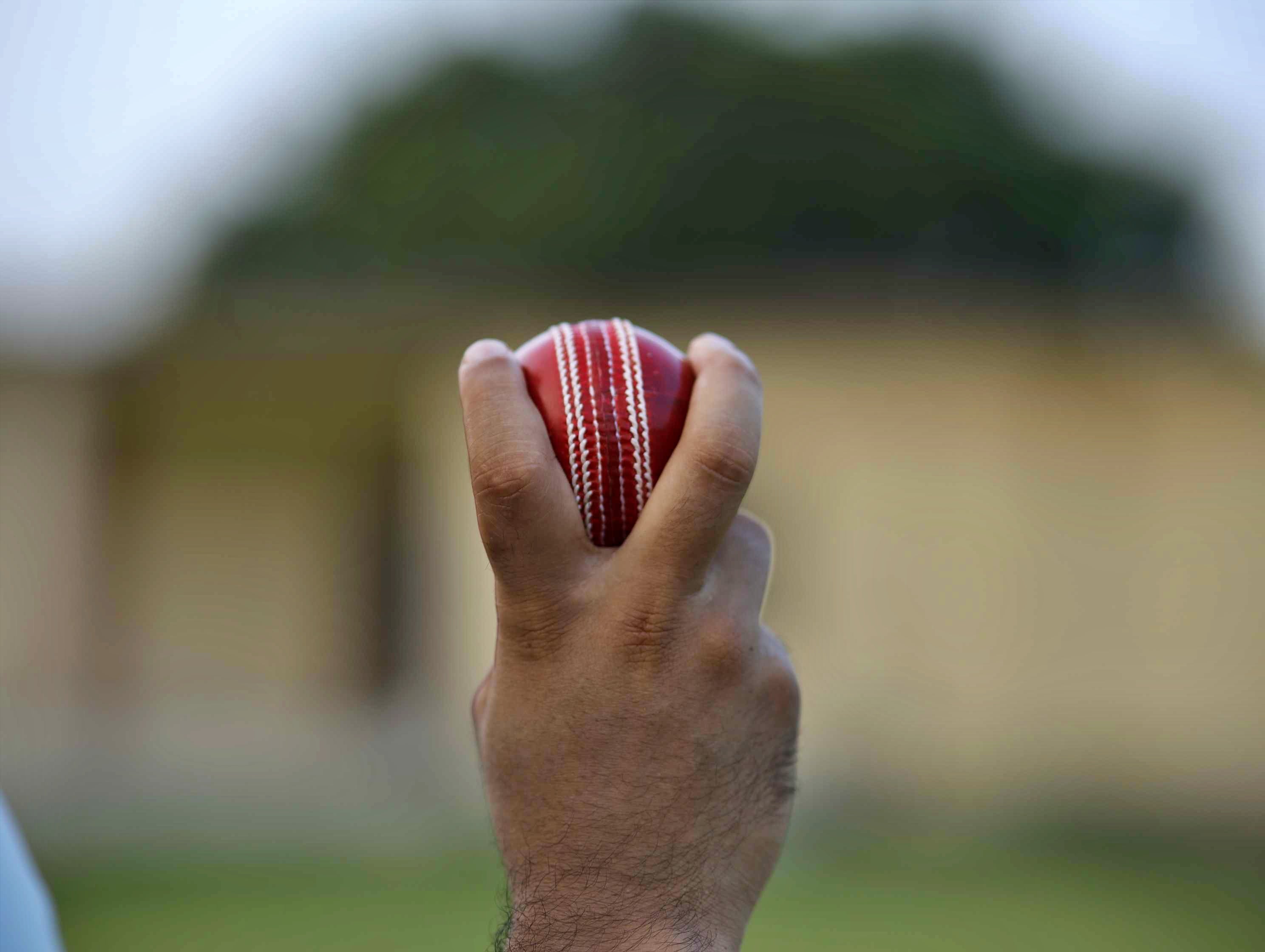
Whoever said cricket is a batsmen’s game, might have never faced a lethal fast bowling action or some unplayable spin deliveries. To put it simply, a great batsman can win you matches but a great bowler will win you tournaments.
Bowling is an art form. Especially one that requires a tremendous amount of hard work, mixed with passion and grit. Even if you have a natural caliber, you have to give your all to become successful at it. To become great at it, you need to develop a robust technique in the initial years of your career. Some basic do’s and don't's that will help you to master your game.
GRIPPING - the secret sauce
99 percent of bowling is about gripping. Hold it in a nice seam position and you will master it. Try and hold it in a cross-seam and you are set for those death overs. But, if your fingers are placed incorrectly, nothing will work.
For fast bowling, simply keep your index and middle finger on the seam. Put your thumbs down below and the rest will work just fine. There is no rocket science, it is a plain process. What makes the real difference here is, going about it for hours in the nets.The process is nearly the same for spin bowlers, with a slight variation in the width between the fingers. The correct grip pattern helps you to develop a natural swing. If the seam lands in a symmetrical way, then more often than not, the batsman is in trouble.
Practice gripping with a new hard cricket leather ball from ZAP. You will get a range of club level and international standard balls to elevate the game and give wings to your career.

Remember, the four R’s
Bowling is a multi-level process. It starts with a step and gets completed by utilizing the majority of your muscular power. You need to break it down into several stages.
- Run-up
The importance of a good run-up cannot be overstated. It helps you to generate momentum, build up your pace and push your limit. Budding fast bowlers who want to develop their pace should focus on the run-up pattern. Generally, a distance of 5 big steps is preferred. However, you can increase the distance once you become comfortable with your game.
- Recollect
The recollecting or the gathering phase involves your lower body movement just before you release the ball. After taking two paces from the crease you can start bending your knee towards your chest area and then backward. This will help generate the thrust just before releasing the ball.
- Reposition
The reposition and coil phase starts simultaneously with the gathering phase. If you have planted your back foot after the hop, then start organizing your upper body. This helps in a better body posture for the follow-through.
- Release
The last and the most important part of your bowling process. Make sure that both of your feet are planted and that your chest is bent a little. The rest will take care of itself if you deliver a strong release.
A good follow-through is key to a long-lasting career
A follow-through is a continuation of your run-up. This implies that rather than standing still, you keep up with your motion and run 4-5 steps more down the wicket, towards the batsmen. A smooth follow-through releases the stress and helps you gain momentum behind the ball.
Most fast bowling-related injuries can happen in this phase. A sudden or abrupt stoppage in motion can lead to a ligament or muscle-related injury. Therefore, it's quite important to have a relaxed and momentum-rich follow-through.
Consistent accuracy will get you wickets
Whether you are a spin bowler or paceman, the most integral part of your bowling should be accuracy. Be it one-day internationals or Test cricket, bowlers are required to hit the deck in the right position, multiple times. Sooner or later the batsmen will mistime the ball or the pitch will finally start to help you. The majority of your wickets will come from the same spot.
To practice accuracy, put bowling tape at a specific spot on the pitch. Now, while releasing the ball, align your front arm with the target and try to hit the same spot. Do this repeatedly and note the improvement.



Share:
How to become a cricketer?
IPL's Unstoppable Journey: Cricketainment Unlimited
1 comment
Muja fast bowling kar ni ha